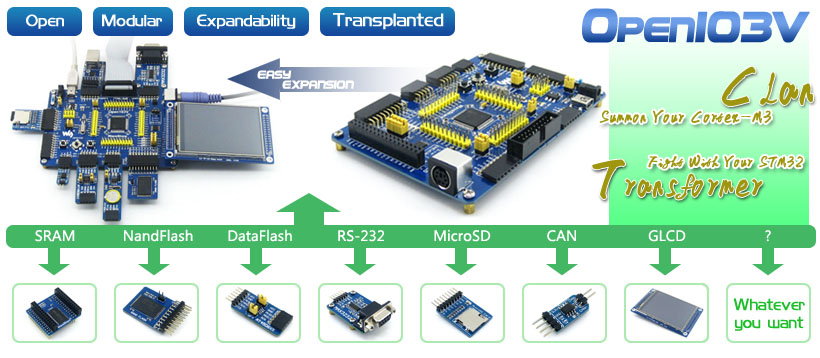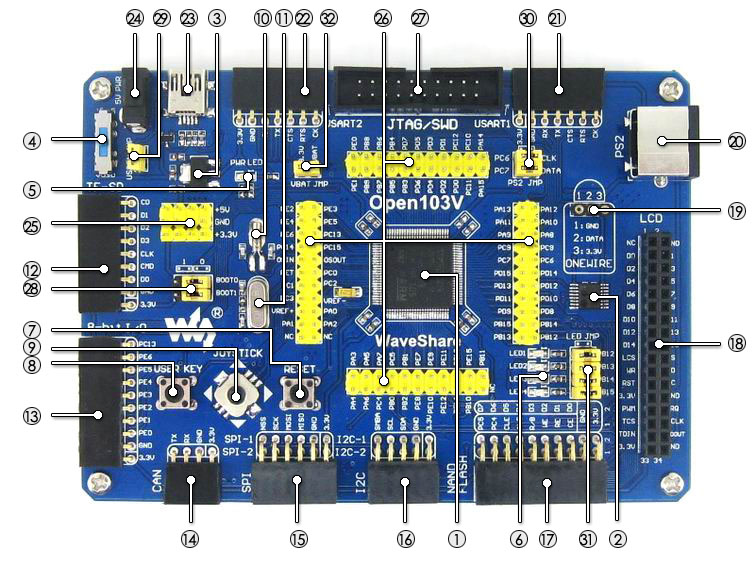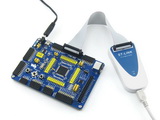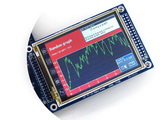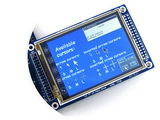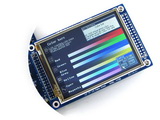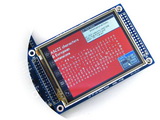Open103V Standard , STM32F1 Development Board SKU: Open103V Standard
 | 0 orders
| 0 ordersPrice
US $25.90 / PCS
Shipping
 -->Arrival time 5-7 days
-->Arrival time 5-7 days ---->Arrival time 15-27 days
---->Arrival time 15-27 days -->Arrival time 5-7 days
-->Arrival time 5-7 daysQuantity
Parts Amount
US $25.90
Choose us! Escort for your needs!!!^_^








 Datasheet
Datasheet